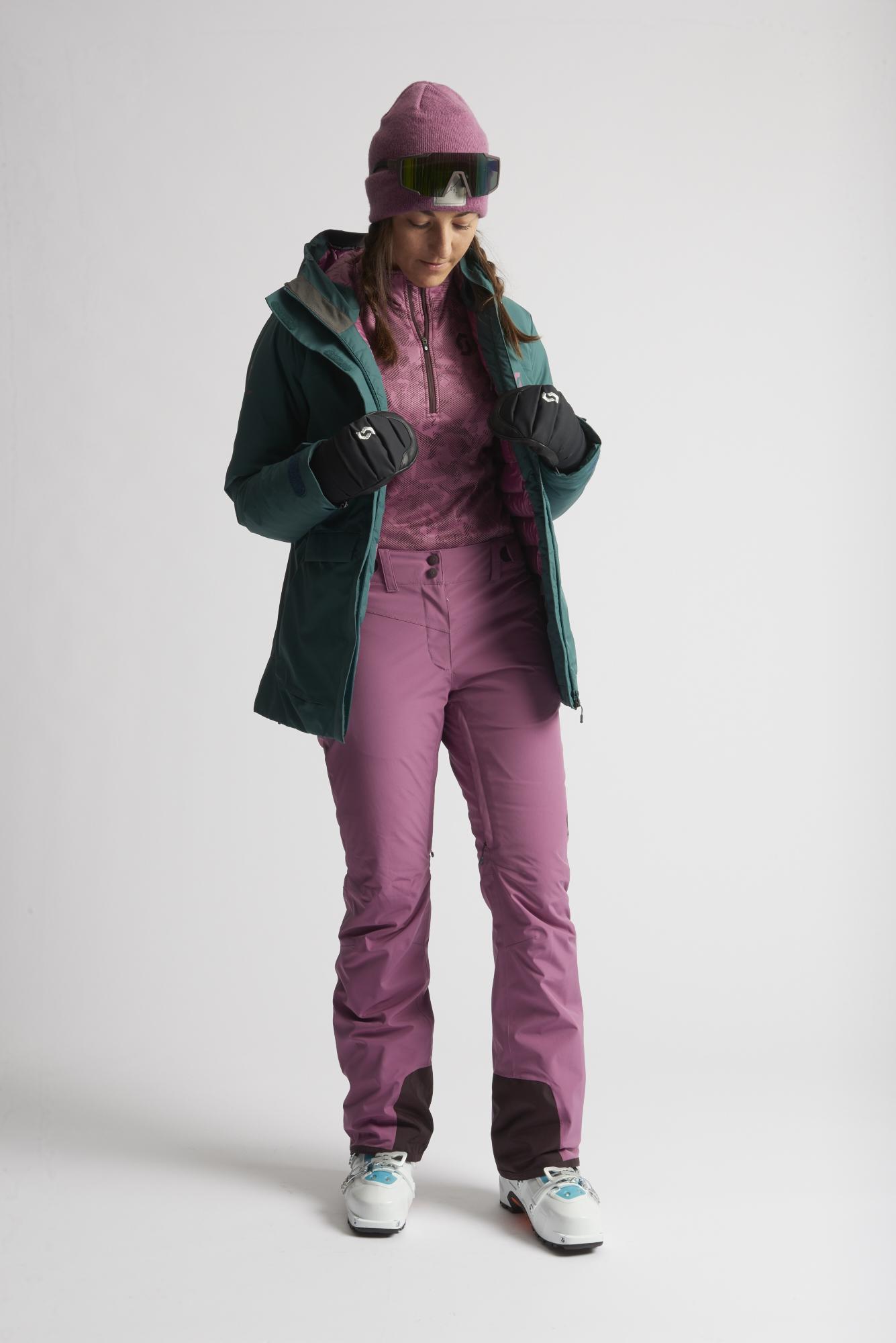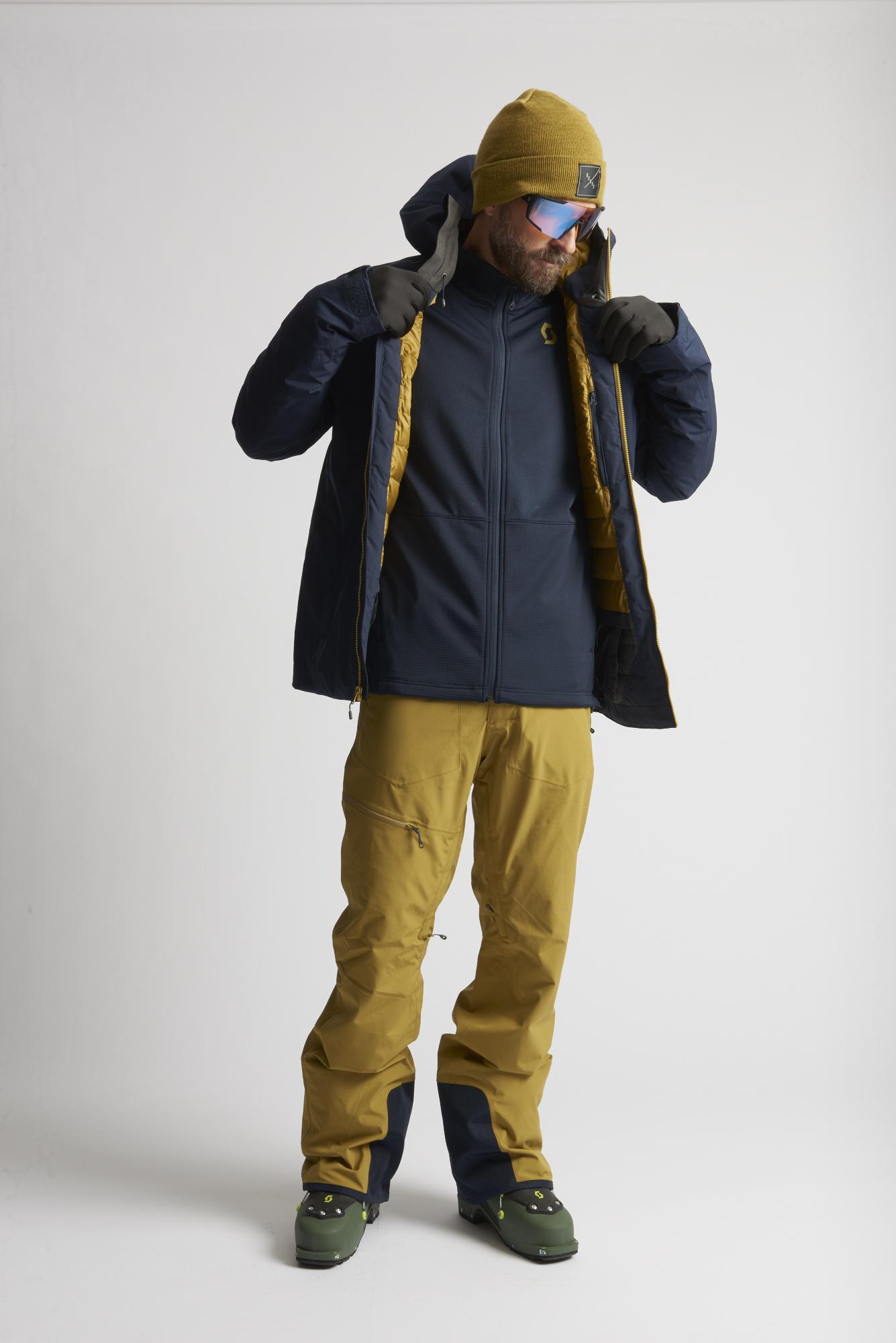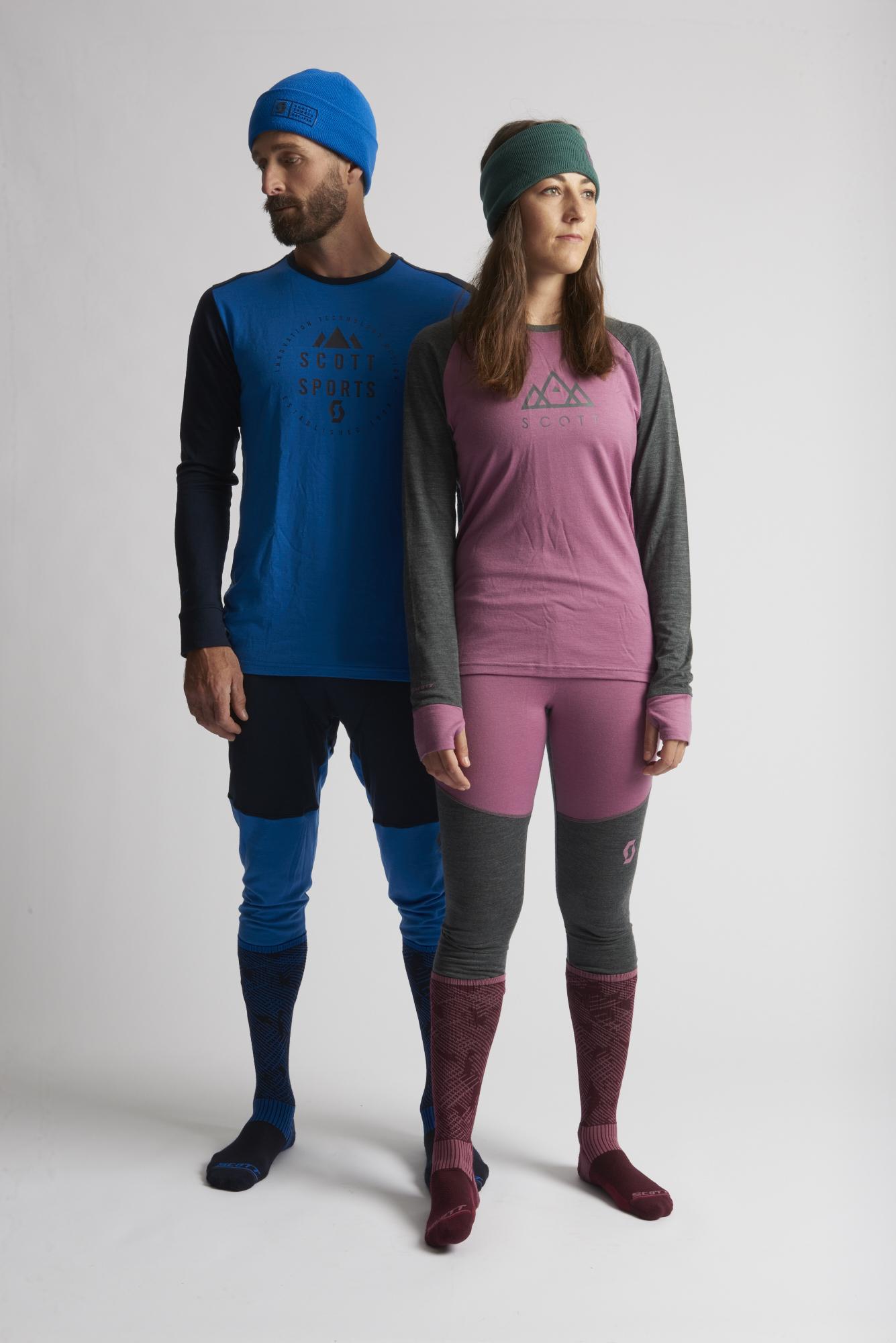
Core insights
- The 3-layer system optimises warmth, breathability and waterproofness in the mountains
- The base layer should be technical and moisture-wicking (avoid cotton at all costs)
- Favour merino wool for its insulating and odour-resistant properties
- The mid layer provides insulation, often a fleece or technical down jacket
- The outer hardshell layer shields you from the elements with a waterproof-breathable membrane
- Adjust your layering system according to activity and weather conditions for optimal thermal comfort

" To keep warm, wear three layers "

The first layer to convey moisture
Essential to ensure the entire system works efficiently, the base layer must absolutely be technical. It is also referred to as a second skin, first layer, base layer, comfort layer, t-shirt, or thermal underwear. Forget cotton for skiing—it’s the quickest way to accumulate sweat and feel cold. Instead, opt for a highly breathable top that dries quickly.
You can choose base layers made from either natural or synthetic materials. Among natural options, there’s Merino wool, praised for its fineness, excellent breathability, insulation, and antibacterial properties. Among synthetic materials, polyester and acrylic are commonly used, often blended with elastane to provide greater freedom of movement.
Pro tip: When ski touring, snowshoeing, or splitboarding, it’s a good idea to carry a spare base layer in your pack. After sweating on the way up, quickly changing into a dry garment at the summit makes the descent far more enjoyable.
